
9 Essential Metalworking Tools for Jewellery Makers
If you're interested in making jewellery, having the right metalworking tools is important. Let's look at some essential tools that every jewelry maker should have.
Key Takeaways: Metalworking Tools for Jewellry Makers
- Essential tools include workbench, rolling mill, micro welder, saws, files, hammers, and pliers
- Invest in quality tools for better results and longer life
- Additional equipment: measuring tools and safety gear
- Kiln Crafts offers a wide range of professional-grade jewelry making tools
- Continuous learning and practice are key to mastering metalworking techniques
1. Jeweller's Workbench: The Foundation of Your Craft
A sturdy workbench is very important for any jewellery maker. The Durston Superior Jeweller's Bench is good for beginners and professionals. This workbench gives you a solid base for all your jewellery-making projects, helping you work precisely.
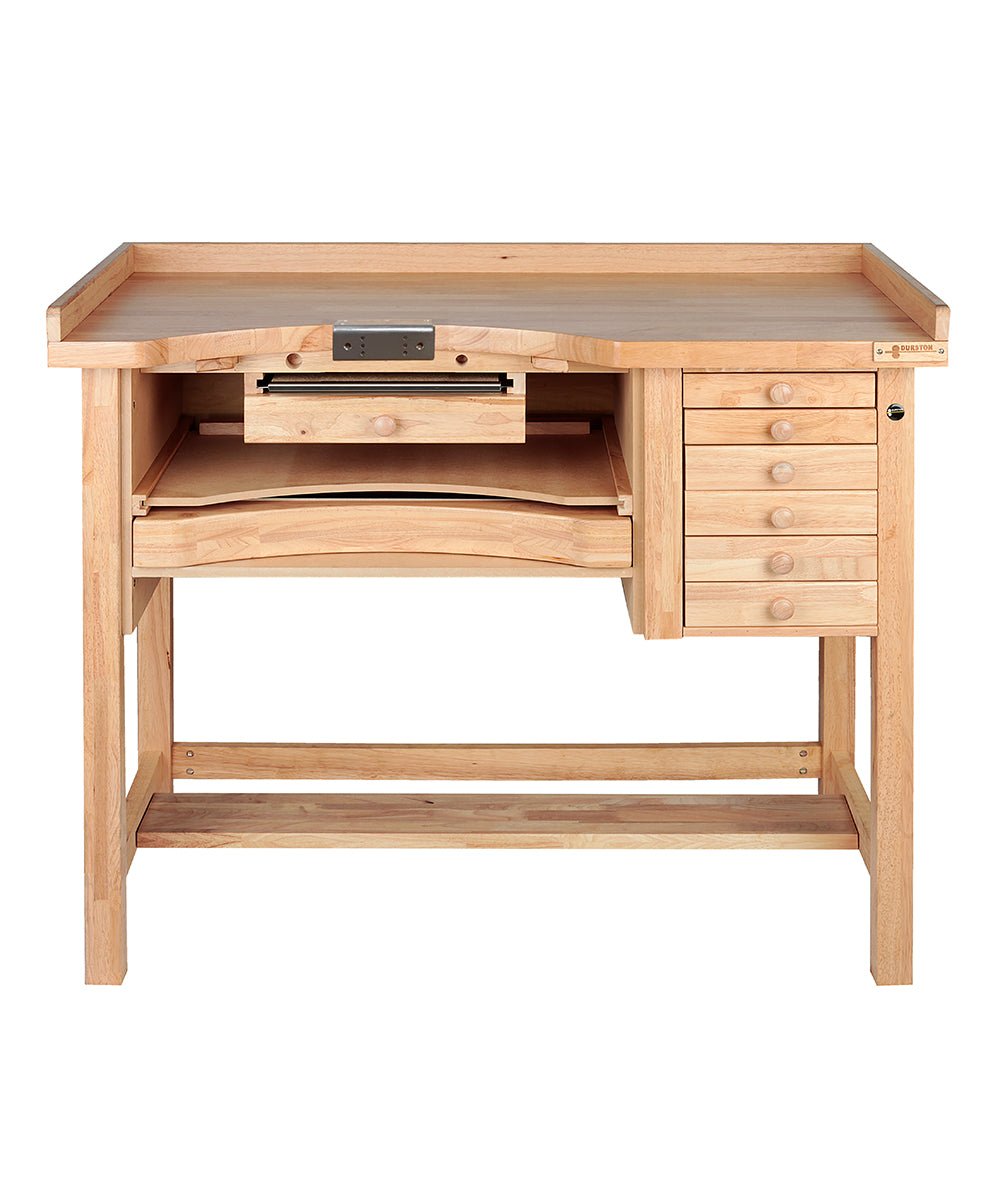
Features:
- Durable Hardwood Worktop
- Pull-out Features for Added Workspace
- Optimal Storage for Tools and Materials
- Ergonomic Design for Comfortable Working
- Built-in Lighting Options
Price: £1,259.00
A good workbench keeps your tools organised and gives you a stable surface to work on. It's worth the money because it will help you for many years. The right workbench can make your work better and faster. Learn more about choosing the perfect jeweller's bench to find one that fits your needs and workspace.
2. Rolling Mills: Essential for Metal Shaping
Rolling mills are really important for jewellery makers who work with metal sheets and wire. The Durston Olivia C130 Rolling Mill is a great choice for precise rolling, offering many uses and reliability in shaping metal.
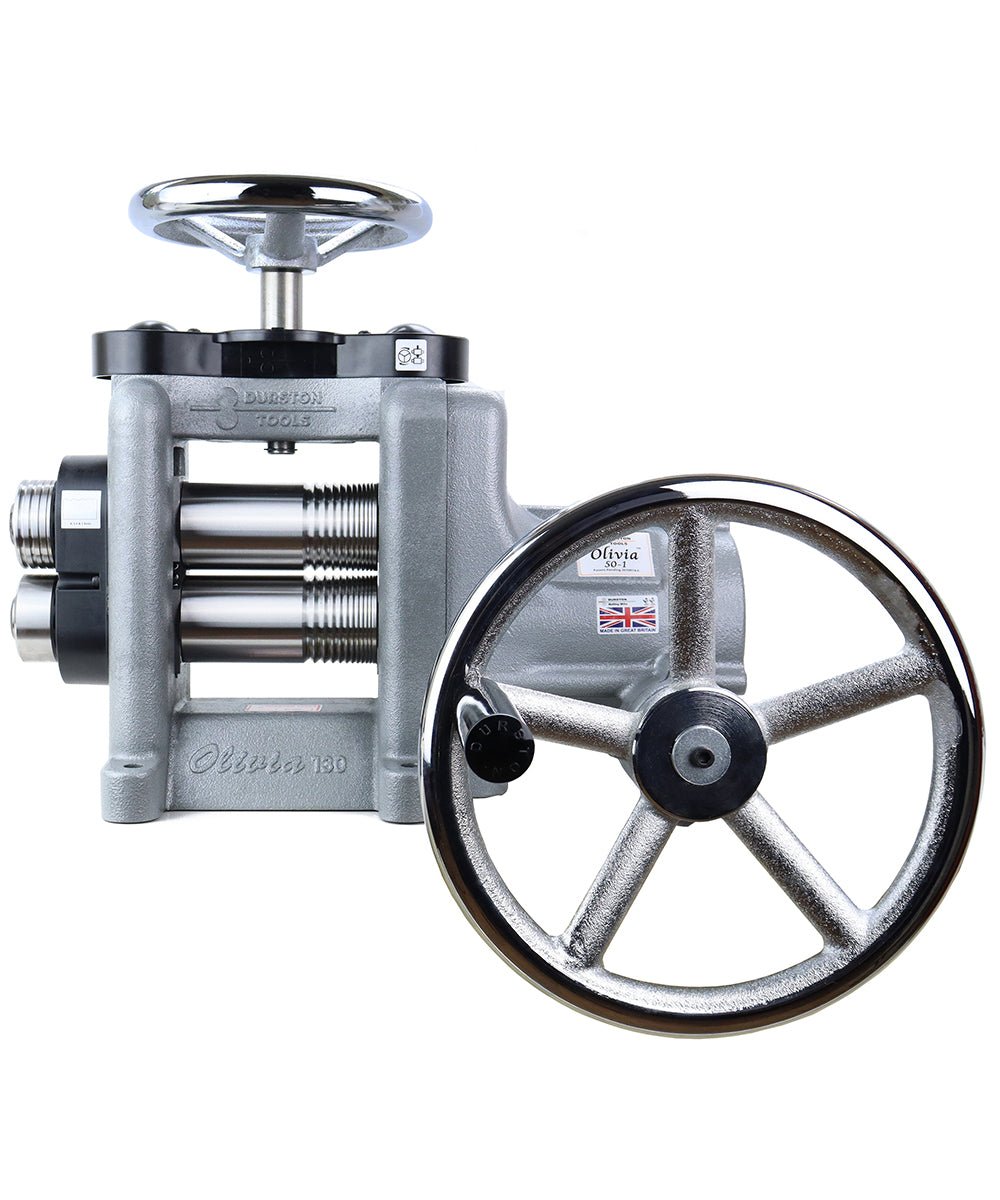
Features:
- Innovative Design for Smooth Operation
- Precision Rolling for Consistent Results
- Suitable for Various Metal Thicknesses
- Adjustable Roller Pressure
- Durable Construction for Long-term Use
Price: £1,999.00
A rolling mill helps you thin, texture, and shape metal easily, giving you many design options. It's especially useful for making consistent metal sheets or wire, which is important for many jewellery designs. Being able to control how thick and textured your metal is can make your pieces much better and more unique. Check out our range of rolling mills to find the perfect one for you, whether you're working on small projects or bigger ones.
3. Micro Welders: Precision Joining for Delicate Pieces
For joining small metal parts, a micro welder is really helpful. The Aquaflame Micro Welder Model 500 gives you precision and control for detailed jewellery work, letting you create smooth connections in your designs.
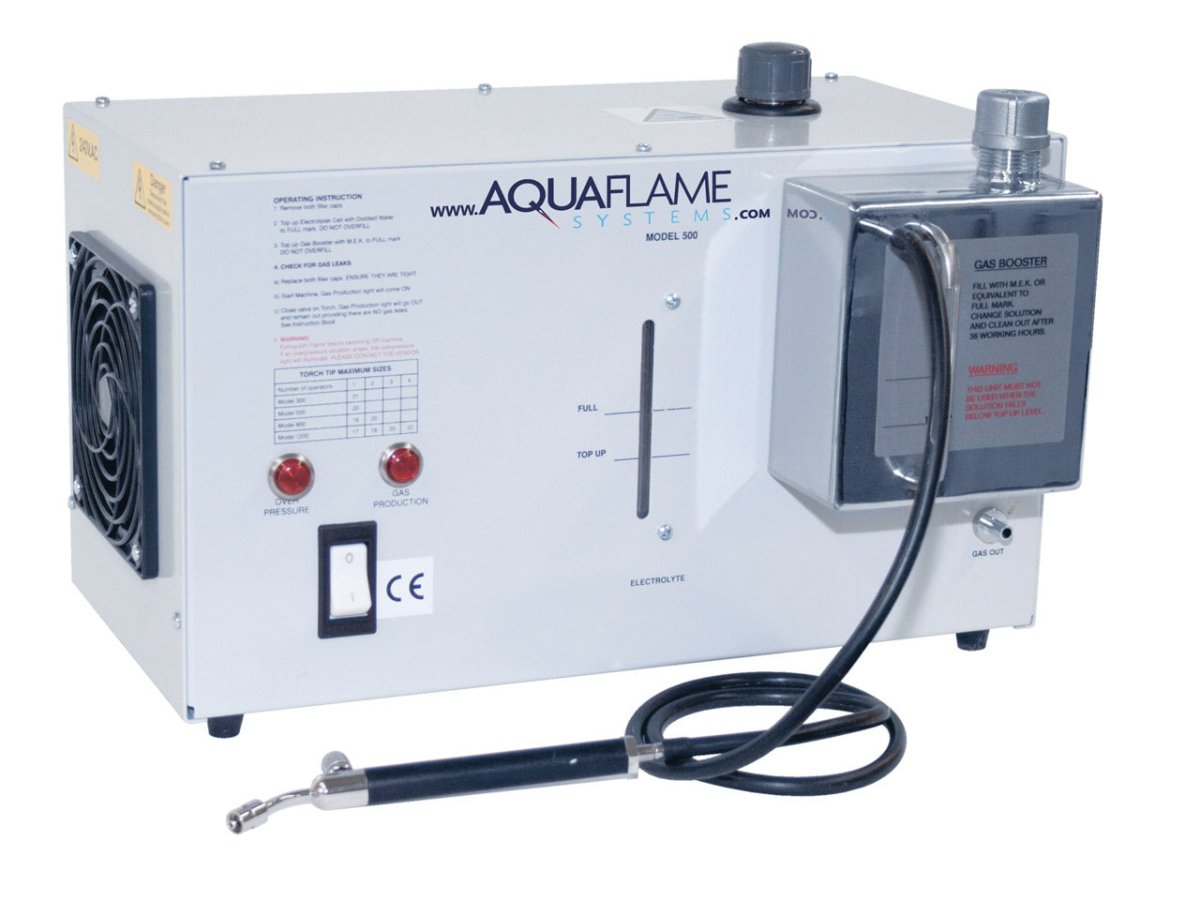
Features:
- Maximum Flame Temperature of 3300°C
- Compact Dimensions for Easy Handling
- Suitable for Various Jewelry Soldering Tasks
- Precise Flame Control
- Safe and Efficient Operation
Price: £1,986.00
A micro welder allows for precise joining of small metal parts, which is important for creating detailed jewellery designs. It's a valuable tool for any jewelry maker, especially if you work with fine details or delicate materials. The high temperature and controlled flame make it possible to create strong, clean joints without damaging the surrounding areas, which is crucial in professional jewelry making.
4. Jeweller's Saws and Blades: Cutting with Precision
A good jeweller's saw is crucial for cutting intricate shapes and designs in metal. Use it with high-quality blades for the best results. The right saw and blade can make a big difference in how accurate and clean your cuts are, which affects how good your final piece looks.
When choosing saw blades, think about how thick the metal is that you'll be cutting. Thinner blades are better for delicate work, while thicker blades are better for heavier materials. It's good to have different blade sizes ready for different projects and metals. Remember, the number of teeth per inch (TPI) on a blade determines how it cuts – more teeth for finer cuts, fewer for more aggressive cutting.
Learn more about essential jewelry-making tools and techniques, including how to pick and use the right saws and blades for your projects.
5. Files and Finishing Tools: Perfecting Your Creations
After cutting and shaping your metal, files and finishing tools are essential for making it smooth and polished. These tools are crucial for refining the edges, surfaces, and details of your jewellery pieces, making them look professional instead of rough.
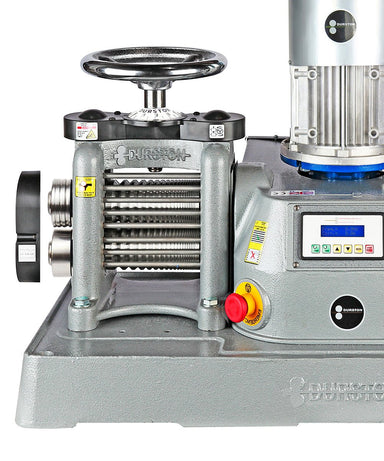
Get a variety of file shapes and grits to work with different metals and finishes. Flat files, round files, and needle files each have specific uses in jewellery making. Start with rougher files for initial shaping and then use smoother ones for polishing. Don't forget polishing compounds and buffing wheels for that final, professional shine. These finishing touches can really make your jewellery look better and more valuable.
6. Hammers and Mallets: Shaping and Texturing Metals
Different types of hammers and mallets are important for various metalworking techniques. From ball peen hammers for shaping to texturing hammers for adding unique patterns, each has its specific use in jewellery making. The right hammer can help you create everything from small curves to big textures, adding depth and character to your pieces.
When choosing hammers, think about the weight and head shape that works best for your projects. Lighter hammers give you more control for delicate work, while heavier ones are better for larger pieces or tougher metals. Remember, the right hammer can make a big difference in how good your work is and how comfortable you are while making it. Try different hammer types to find which ones you like best for your style and the metals you use most often.
7. Pliers and Tongs: Precision Handling of Materials
A good set of pliers is really important for jewellery makers. You'll need different types for different tasks:
- Round-nose pliers for creating loops and curves
- Flat-nose pliers for gripping and bending
- Chain-nose pliers for reaching into tight spaces
- Tongs for handling hot metals during soldering
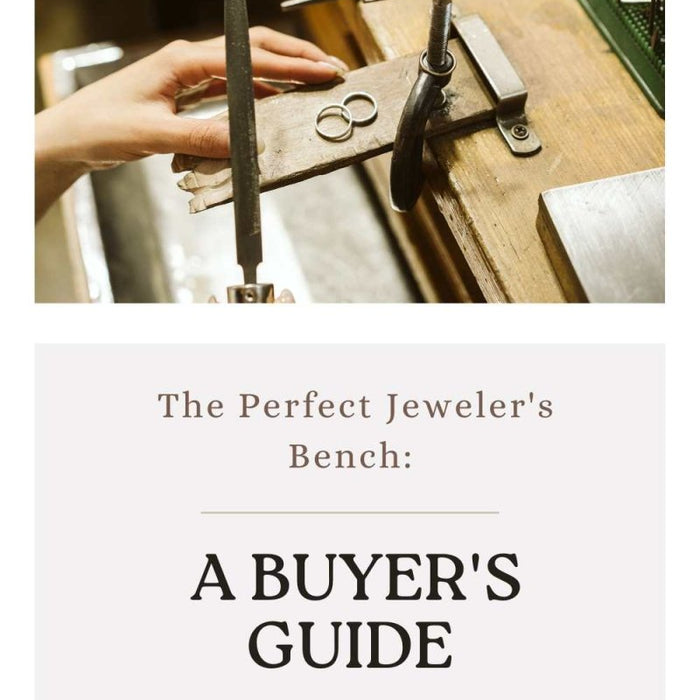
Buying good quality pliers will make your work easier and more precise. Look for pliers that are comfortable to hold and have smooth, precise jaws. The right pliers can help you work with wire and small parts easily, allowing you to make more detailed designs and cleaner finishes. Check out our range of jewelry-making tools to find the perfect set for your needs, making sure you have the right tool for every task in your jewellery-making process.
8. Measuring and Marking Tools: Ensuring Accuracy
Being precise is really important in jewellery making, and that's where measuring and marking tools come in. These tools are crucial for creating symmetrical designs, making sure sizes are consistent, and achieving professional-level accuracy in your work. Essential items include:
- Callipers for accurate measurements of thickness and diameter
- Metal rulers for straight lines and precise measurements
- Dividers for marking equal distances and creating perfect circles
- Center punches for marking drill points accurately
- Ring sizers for ensuring consistent ring sizes
These tools help make sure your designs are symmetrical and your pieces fit together perfectly. Accurate measurements are particularly important when working with precious metals and stones, where even small mistakes can be costly. Investing in good measuring and marking tools will improve how precise and consistent your work is, leading to more professional results.
9. Safety Equipment: Protecting Yourself While Creating
Safety should always be very important in your workshop. Proper safety equipment not only protects you from immediate harm but also helps prevent long-term health issues associated with jewellery making. Essential safety equipment includes:
- Safety goggles to protect your eyes from flying debris and metal particles
- Dust masks for when filing or sanding to prevent breathing in fine particles
- Heat-resistant gloves for handling hot materials during soldering or welding
- Proper ventilation system to remove fumes from soldering and chemical processes
- Fire extinguisher for emergency situations
- First aid kit for minor injuries
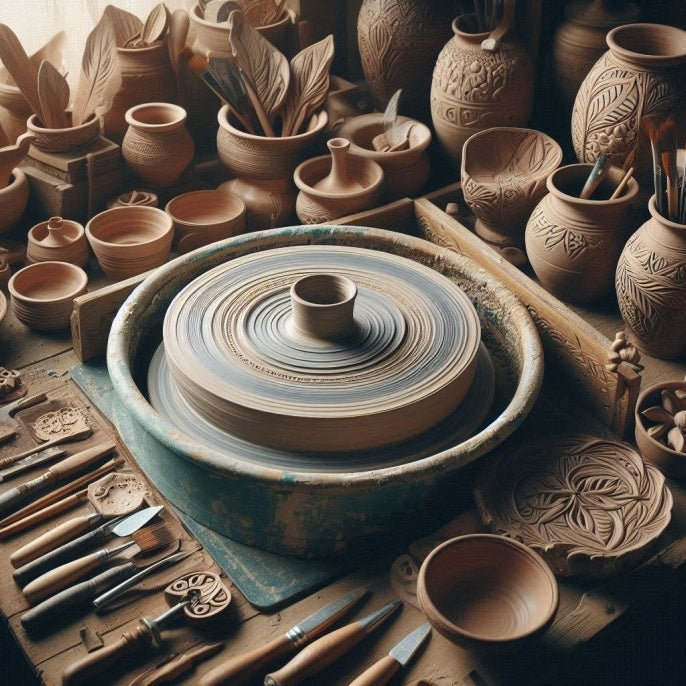
Remember, a safe workspace is a productive workspace. Don't try to save money on safety gear! Regularly check and replace your safety equipment to make sure it still works well. Creating a culture of safety in your workshop not only protects you but also sets a professional standard for your jewellery making practice.
Conclusion: Investing in Quality Tools for Professional Results
Having the right metalworking tools is crucial for creating beautiful, professional-quality jewellery. From your workbench to your safety gear, each tool plays an important role in your creative process. Quality tools not only improve the precision and finish of your work but also make the jewellery making process more enjoyable and efficient.
At Kiln Crafts, we're committed to providing jewellery makers with top-notch tools and equipment. Whether you're just starting out or you're a seasoned professional, we have everything you need to bring your designs to life. Our range of tools is carefully selected to meet the high standards of professional jewellers, ensuring that you have access to the best equipment in the industry.
Remember, investing in good tools is investing in your craft. As you grow in your jewellery making journey, your tools will be faithful companions, helping you push the boundaries of your creativity and skill. Explore our full range of jewelry-making tools and equipment to find the perfect additions to your workshop. With the right tools at your disposal, you're well-equipped to create stunning, professional-quality jewellery that will delight your customers and bring your artistic vision to life. Happy crafting!

